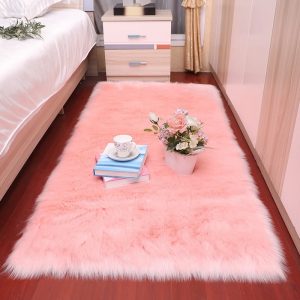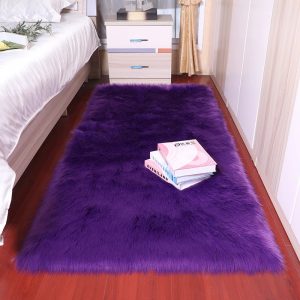Carpets are well-known traditional handicrafts in China. Chinese carpets have a history of more than two thousand years. They are famous for their handmade carpets. They can be traced back to more than 3,000 years ago. In the poem “Red Thread Carpet”, the great poet Bai Juyi of the Tang Dynasty stated that “the land is not cold and the people need warmth. The famous phrase “make people’s clothes make lichens” can be tested in kind, and it has more than 2,000 years. According to documentary records, from the Tang and Song Dynasties to the Ming and Qing Dynasties, more and more varieties of carpets. The carpet made is often woven with cotton, wool, hemp and paper rope as raw materials.
Woven carpets produced in China use extremely high-strength veil yarns as warp yarns and ground weft yarns, and colored thick-wool weft yarns are pierced into the warp yarns according to patterns to form piles, which are then woven through processes such as shearing and brushing. Its front is densely covered with plush, which is firm and elastic. In particular, the carpets produced in the Hotan area of Xinjiang are more expensive and have the reputation of “Oriental Carpets”. The carpets produced there are not only of good quality, but also of high output. A 1,250 kg carpet woven in the Xinjiang Hall of the Great Hall of the People is praised as the “king of carpets.” In 1966, a cotton blanket was unearthed in Lanxi, Zhejiang Province. It was 2.51 meters long and 1.18 meters wide. It was a plain weave with piled on both sides and was flat and thick. After identification, the material used is grass cotton fiber. This cotton carpet was woven in the Southern Song Dynasty. This is the earliest cotton blanket known so far. It can be seen that the carpet weaving process had reached a very high level at that time.








